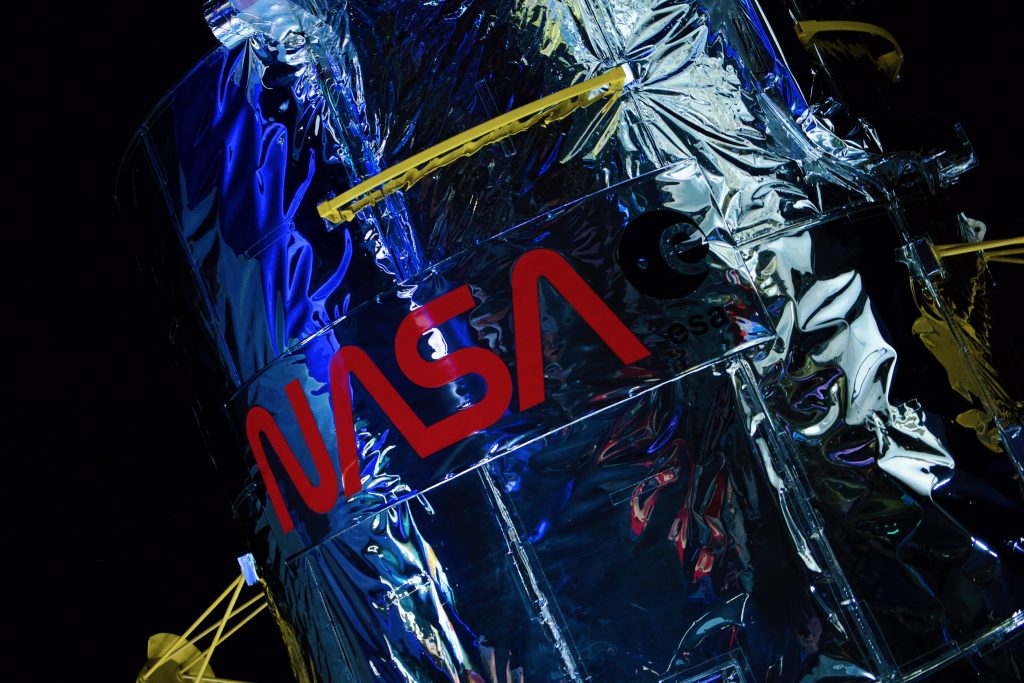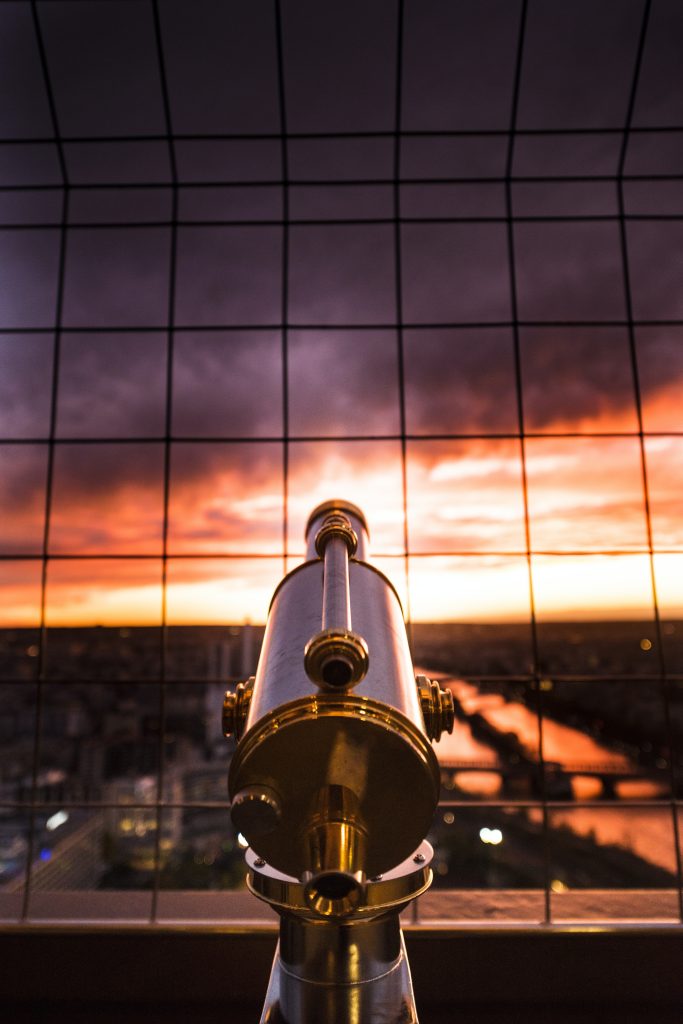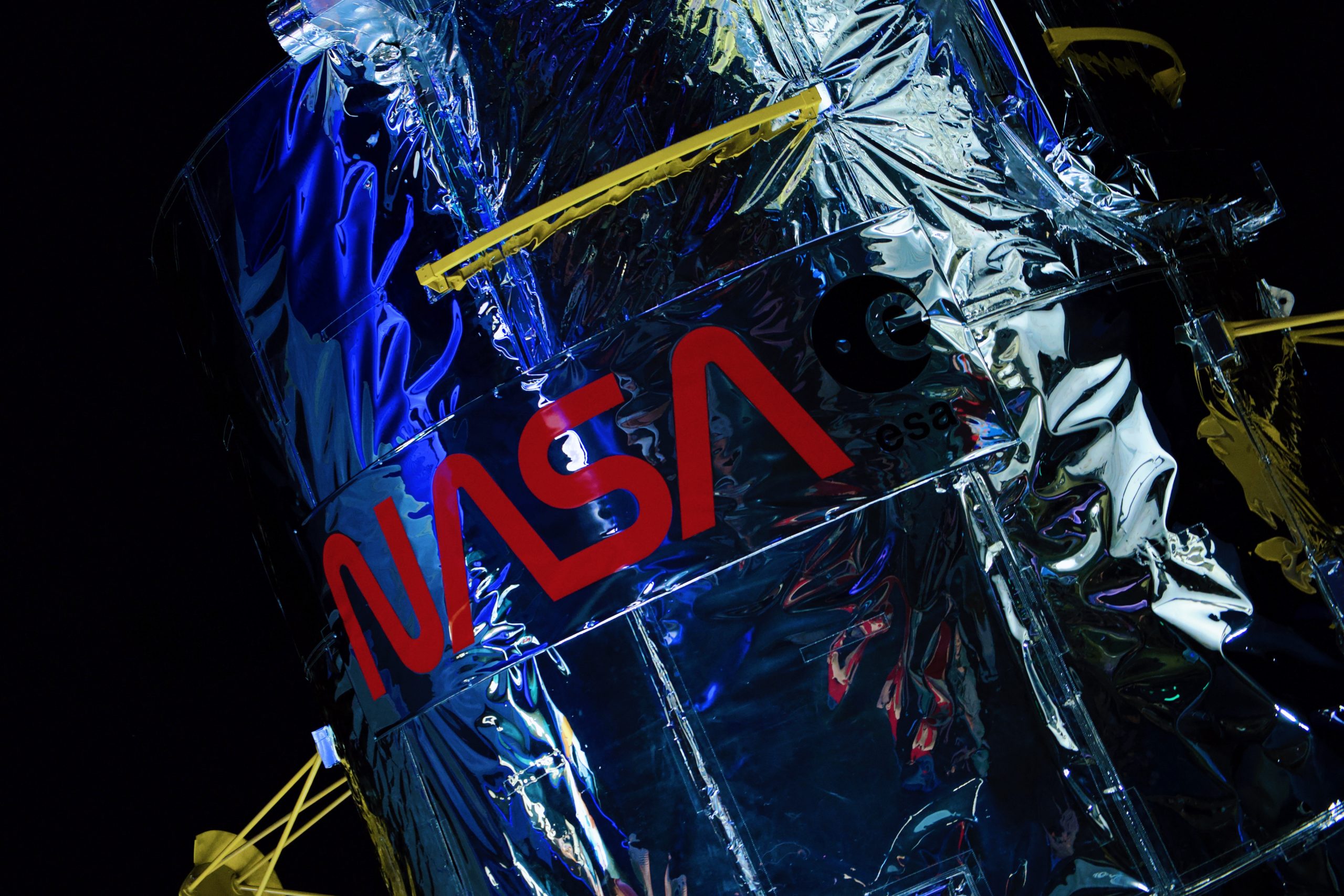Have you ever wondered about the distinction between a spotting scope and a telescope? Well, here’s a simple explanation for you! While both devices share similarities, such as their ability to magnify distant objects, they serve different purposes.
A spotting scope is typically used for terrestrial observation, like bird watching or surveillance. It provides a wider field of view and is often designed with higher magnification capabilities. On the other hand, a telescope is primarily used for astronomical observations, allowing you to observe celestial bodies like stars, planets, and galaxies in immense detail. Telescopes tend to have a narrower field of view but offer higher magnification levels to capture the wonders of space. So, whether you’re birdwatching or stargazing, understanding the difference between these two optical marvels will help you choose the right tool for the task at hand. Happy observing!
Magnification
Spotting Scope’s Magnification
When it comes to magnification, spotting scopes and telescopes have different purposes and capabilities. Spotting scopes are designed to provide higher levels of magnification, typically ranging from 20x to 60x or even more. This high magnification allows you to zoom in and observe distant objects in great detail. Whether you are birdwatching or observing wildlife, a spotting scope’s magnification power helps you get up close and personal with your subjects.
Telescope’s Magnification
Telescopes, on the other hand, are primarily used for astronomical observations. They offer much higher magnification levels than spotting scopes, reaching anywhere from 50x to even over 200x. This level of magnification is necessary for observing celestial objects like stars, planets, and galaxies that are significantly farther away. Telescopes are optimized for long-range observations, allowing you to explore the depths of the night sky with astonishing detail.
Field of View
Spotting Scope’s Field of View
The field of view refers to the extent of the observable area you see while looking through an optical device. Spotting scopes typically have a narrower field of view compared to telescopes. This narrower field of view enables you to focus on specific subjects with precision and clarity. Whether you are birding or surveillance, a spotting scope’s narrower field of view helps you isolate your target and observe it in detail without distractions from the surroundings.
Telescope’s Field of View
Telescopes, on the other hand, have a wider field of view compared to spotting scopes. This wider field of view is essential for observing large celestial objects like galaxies and star clusters, where capturing the broader context is crucial. Telescopes allow you to take in the vastness of the night sky, exploring celestial wonders with a broader perspective.

Objective Lens
Spotting Scope’s Objective Lens
The objective lens of a spotting scope is responsible for gathering light and forming an image that is then magnified by the eyepiece. Spotting scopes generally have larger objective lenses, ranging from 50mm to 100mm or more. The larger the objective lens, the more light it can collect, resulting in brighter and clearer observations. This is particularly beneficial when observing wildlife or birds in low-light conditions or when the subjects are in the shade. A larger objective lens also contributes to better image quality and higher resolution.
Telescope’s Objective Lens
Telescopes also have an objective lens, but unlike spotting scopes, they often have larger objective lenses ranging from 80mm to over 200mm, depending on the type of telescope. The larger objective lens in telescopes allows for even greater light-gathering capabilities, which is crucial for observing extremely faint celestial objects in the vast darkness of space. The objective lens of a telescope enables you to capture and analyze distant light sources, providing you with breathtaking views of the universe.
Eyepiece Design
Spotting Scope’s Eyepiece Design
Spotting scopes commonly employ a zoom eyepiece design, which allows you to adjust the magnification level as desired. This versatility is advantageous when your observation subjects are at varying distances or when you want to quickly change the level of detail you observe. Zoom eyepieces provide a smooth transition between different magnification levels, offering flexibility and convenience. Additionally, spotting scopes often feature angled eyepiece designs, enabling more comfortable observations, especially when using a tripod or observing from a higher vantage point.
Telescope’s Eyepiece Design
Telescopes generally offer a variety of interchangeable eyepieces with fixed magnification levels. These eyepieces are specifically designed to optimize the observation of celestial objects at different distances and levels of detail. Although telescopes lack the zoom capability of spotting scopes, the fixed eyepieces are carefully crafted to ensure optimal performance and image quality at the desired magnification level. Telescope eyepieces often have wider field of view specifications, allowing you to enjoy a more immersive experience while exploring the wonders of the universe.

Image Quality
Spotting Scope’s Image Quality
The image quality of a spotting scope largely depends on factors such as the quality of the optics, coatings, and the size of the objective lens. Spotting scopes are specifically designed to provide crisp and detailed images, enabling you to observe fine details even from a distance. High-quality spotting scopes with premium optics and coatings offer exceptional color fidelity, contrast, and sharpness. These features ensure that every observation is a delightful visual experience, whether it’s capturing the intricate plumage of a distant bird or the subtle nuances of wildlife behavior.
Telescope’s Image Quality
Telescopes, particularly those specifically designed for astronomy, prioritize image quality to reveal the wonders of the night sky in all their glory. The quality of the optics and coatings play a significant role in the image clarity, contrast, and resolution of a telescope. From observing distant galaxies to exploring the intricate details of neighboring planets, telescopes deliver stunning views of celestial objects. Technology advancements in telescope optics have led to improved aberration correction, allowing for even sharper and more detailed images. Whether you are gazing at the moon or scanning the heavens, a high-quality telescope opens up a world of breathtaking cosmic vistas.
Portability
Spotting Scope’s Portability
Spotting scopes are designed with portability in mind, making them ideal for outdoor enthusiasts and individuals who need to carry their optical instrument with them. Spotting scopes are relatively compact and lightweight, allowing you to easily transport them in a backpack or a dedicated carrying case. Their portable nature ensures that you can take them on hiking trips, birding excursions, or wildlife expeditions without feeling overwhelmed by their size or weight.
Telescope’s Portability
Telescopes, especially those designed for serious astronomy enthusiasts, can be quite large and heavy. The need for large objective lenses and stable mounts for precise tracking often results in larger telescope setups. While there are smaller and more portable telescopes available, larger telescopes are generally less portable and require more effort to transport. Many observatory-grade telescopes are permanently mounted, making them more suitable for dedicated observation sites. However, there are also smaller models and portable mounts available that can offer a balance between portability and performance for amateur astronomers on the go.

Intended Use
Spotting Scope’s Intended Use
Spotting scopes are primarily intended for terrestrial observations. Whether you are a birdwatcher, a wildlife enthusiast, or a nature photographer, a spotting scope is an invaluable tool. Spotting scopes excel at bringing distant subjects closer, allowing you to observe wildlife behavior, identify bird species, or simply enjoy the details of nature with a clear and magnified view. Their versatility and portability make them a popular choice among outdoor enthusiasts who want to enhance their experiences in the great outdoors.
Telescope’s Intended Use
Telescopes, on the other hand, are primarily designed for astronomical observations. They are perfect for those who have a fascination with the cosmos and want to explore the wonders of the universe. With a telescope, you can witness the birth and death of stars, witness the phases of planets, and delve into the mysteries of deep space. Whether you are a seasoned astronomer or a novice sky-gazer, a telescope opens up a vast realm of awe-inspiring celestial objects waiting to be discovered.
Price Range
Spotting Scope’s Price Range
Spotting scopes generally have a wide price range, offering options for various budgets and levels of expertise. Entry-level spotting scopes can be found at relatively affordable prices, providing decent quality optics and magnification capabilities for beginners. As the price range increases, spotting scopes offer better optical performance, image quality, and durability. High-end spotting scopes with premium features and materials can have a higher price tag, but they deliver exceptional image clarity and durability that meet the demands of professionals and serious wildlife observers.
Telescope’s Price Range
Telescopes come in a wide range of prices, catering to both beginners and avid astronomers. Entry-level telescopes are affordable and provide a great starting point for those who want to explore the night sky. As the price range increases, telescopes offer larger objective lenses, more advanced optics, and enhanced tracking capabilities for precise astronomical observations. High-end telescopes designed for professionals and astrophotographers can be quite expensive, but they offer exceptional performance, advanced features, and the ability to capture stunning images of distant celestial objects.
Mounting Options
Spotting Scope’s Mounting Options
Spotting scopes can be mounted on various types of tripods, allowing you to stabilize your observations for clearer views and reduced hand-held shake. Spotting scopes often feature a standard tripod mount, ensuring compatibility with a wide range of tripod models available in the market. This allows you to choose a tripod that suits your specific needs, whether it’s for wildlife photography or long hours of birdwatching. Some spotting scopes also offer angled viewing, allowing you to adjust the height and angle of the scope when mounted on a tripod, providing more comfortable and ergonomic viewing positions.
Telescope’s Mounting Options
Telescopes typically require more specialized mounting options due to their larger size and weight. Equatorial mounts are commonly used for telescopes as they allow precise tracking and following the movement of celestial objects as the Earth rotates. These mounts are designed to align with the Earth’s axis of rotation, making it easier to track objects in the sky. Telescopes can be mounted on tripods or permanent piers depending on your observing preferences and the stability required for your specific observations. For astrophotography, telescopes are often mounted on computerized mounts that can automatically track celestial objects, capturing stunning images over extended periods.
Accessories
Spotting Scope’s Accessories
Spotting scopes offer a range of accessories to enhance your observing experience. Some common accessories include carrying cases or backpacks for easy transport, digiscoping adapters to capture images or videos with your smartphone or camera, and eyepiece filters to enhance or modify the observed colors. Spotting scopes also have the option for interchangeable eyepieces, allowing you to further customize the magnification level to suit your specific needs. Additionally, specialized adapters can be used to attach the spotting scope to a camera tripod or window mount, providing more stability during observations.
Telescope’s Accessories
Telescopes offer a wide array of accessories to enhance your astronomy journey. Popular accessories include eyepieces with varying focal lengths to achieve different magnification levels, filters to enhance specific observations such as lunar or solar viewing, finderscopes or red dot finders to aid in locating celestial objects, and motorized mounts for automated tracking of objects. Astrophotography accessories include camera adapters, focal reducers, and autoguiding systems to capture stunning images of celestial objects. Moreover, telescopes often come with software or apps to assist in celestial navigation and to provide information about the objects you observe.
By understanding the differences in magnification, field of view, objective lens size, eyepiece design, image quality, portability, intended use, price range, mounting options, and available accessories between spotting scopes and telescopes, you can make an informed decision on which optical instrument best suits your needs and interests. Whichever you choose, both spotting scopes and telescopes offer unique and awe-inspiring opportunities to explore and appreciate the world around us, whether it’s on Earth or in the vast reaches of the universe.











